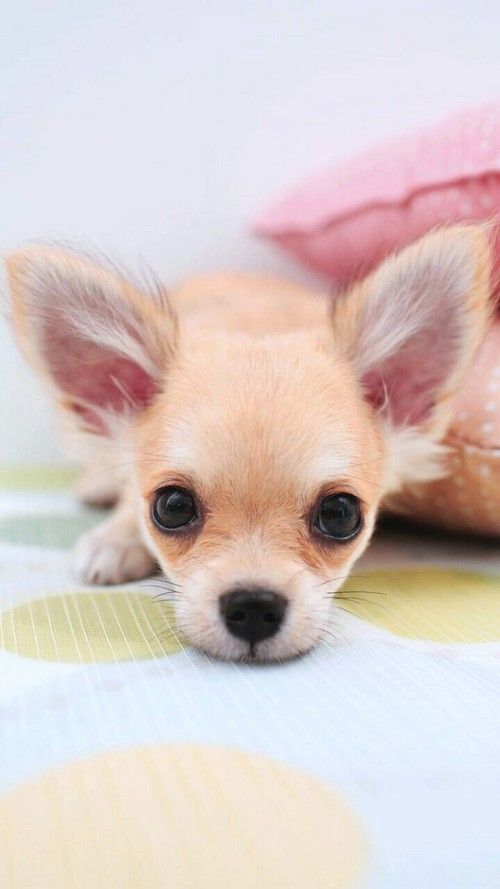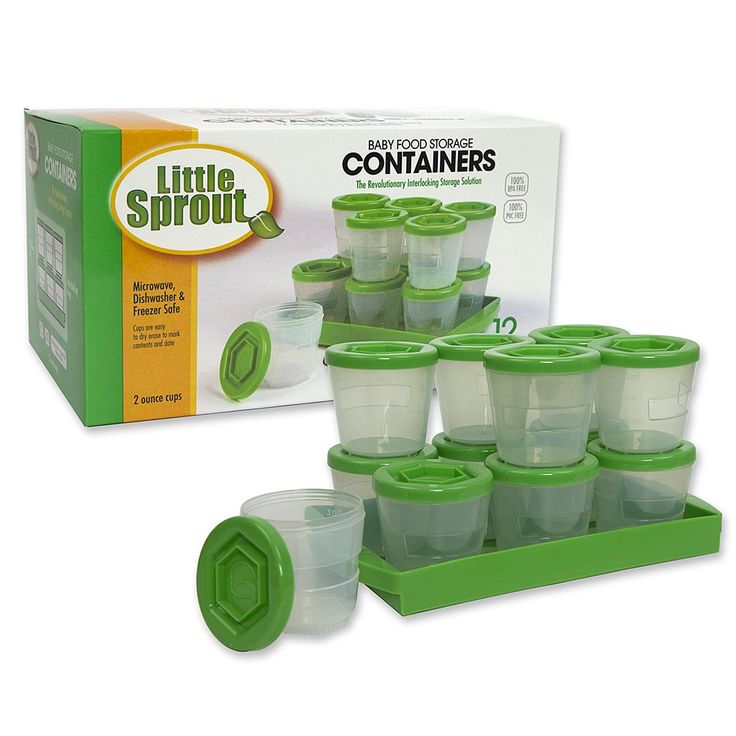What to feed baby chihuahua puppies
Best Food For Chihuahua Puppy
The best food for Chihuahua puppy — Every puppy owner wants to make sure their puppy has the nutrition it needs! Even a tiny pup like the Chihuahua has special nutritional needs during puppyhood to support her growth! There are many kinds of Chihuahua puppy food to consider for food choice as well as feeding patterns. We will look at many of these options so you can make informed choices on feeding your young companion. In any case, for the youngest pups, clean food with plenty of fat and protein will support healthy growth and development.
The Top 3 Puppy Foods for Chihuahua
In a hurry? Check out our top three picks here:
- Wellness Complete Puppy Food
- Castor & Pollux Grain-free Organic Food
- Blue Buffalo Life Protection Formula Small Breed Puppy Food
Want to learn more about one of these top picks? You can click on the items above to learn more.
Best Puppy Food for Chihuahua Contents
- How Much Should A Chihuahua Puppy Eat?
- Chihuahua Puppy Dietary Requirements
- Best Wet Chihuahua Puppy Food
- The Best Dry Food for Chihuahua Puppies
- The Best Grain Free Chihuahua Puppy Food
- Best Food For Chihuahua Puppies with Sensitive Stomachs
- Raw Feeding Chihuahua Puppies
- References and Resources
How Much Should A Chihuahua Puppy Eat?
As anyone who’s ever owned a puppy knows, they rarely sit still. All that running, jumping and playing requires serious energy and serious fuel.
Puppies eat a lot. They have to! They’re growing their muscles, developing their immune systems and strengthening their bones. But you don’t want your puppy getting overweight, as it’s bad for them.
Puppies do best with multiple small meals a day. Feed at regular times, in regular amounts.
Don’t worry if your puppy picks at his food, he could just be telling you that you’re giving him too much!
Portion sizes vary according to each dog. Let your puppy guide you and keep an eye on his weight.
Overweight puppies are more at risk of orthopedic problems.
Chihuahua puppy feeding progression
So, what’s the best food for Chihuahua puppies at different stages?
If you’ve purchased your Chihuahua puppy from a breeder they can also advise on the amount and type of food the puppy is used to eating. It’s best to continue with the same food and frequency your puppy has been eating at the breeder’s. If you want to make changes, wait at least 2 weeks, and then gradually taper onto the new food while tapering off the old food.
If you want to make changes, wait at least 2 weeks, and then gradually taper onto the new food while tapering off the old food.
Up until 12 or 13 weeks, the American Kennel Club recommends feeding moist food. At around 12 or 13 weeks, you can start gradually introducing dry, unmoistened food.
Chihuahuas should be fed puppy-specific food until 9 months of age. At 9 months, or possibly 10 for males since they grow more slowly, they can gradually transition from puppy food to adult food.
Chihuahua puppy feeding schedule
Chihuahua puppies, due to their tiny size do best on more frequent feedings than their larger cousins. This is for several reasons.
We already talked about the importance of food frequency on preventing hypoglycemia. Smaller, more frequent meals also helps to prevent bloat.
The recommendation for feeding frequency for a Chihuahua puppy is 4-6 times a day.
Chihuahua Puppy Dietary Requirements
While they are generally a healthy breed, the Chihuahua has a few health vulnerabilities that can be addressed with diet.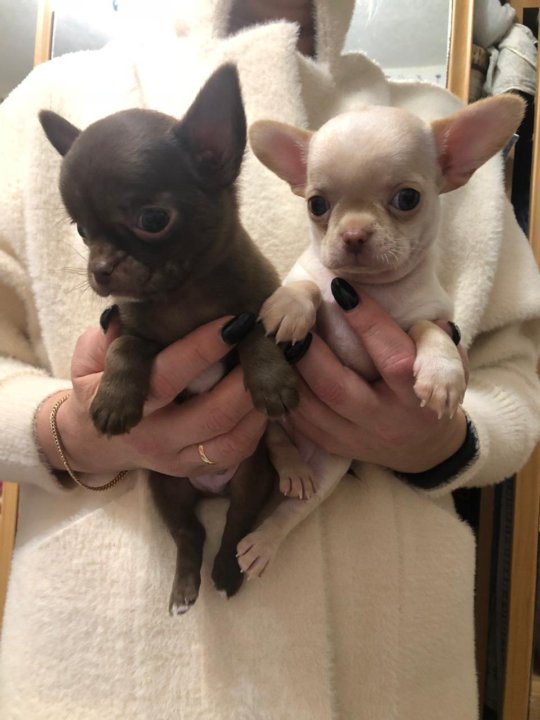 Let’s take a look!
Let’s take a look!
Hypoglycemia
Small breed puppies, such as Chihuahuas, are at risk of hypoglycemia or low blood sugar. In fact, this is one of the most common health concerns for the Chihuahua. While the solution is simple, ignoring a hypoglycemic attack can lead to the pup dying.
The best thing is prevention. Feeding your young Chihuahua 4-6 times a day will keep her with a steady supply of food energy to keep enough sugar in her blood.
Signs of hypoglycemia include weakness, confusion, disorientation, and muscle tremors or seizures. If you see these signs in your young Chihuahua, it’s best to either offer food if she’s up for it, or take her to the vet immediately if not.
On a long term basis, speak to a vet if you are concerned your puppy isn’t eating enough.
Tracheal Collapse and Joint Problems
The trachea, or windpipe, is supported by rings of cartilage. In the Chihuahua, these are susceptible to weakness and collapse. If they collapse, it causes inflammation and pain in the windpipe lining.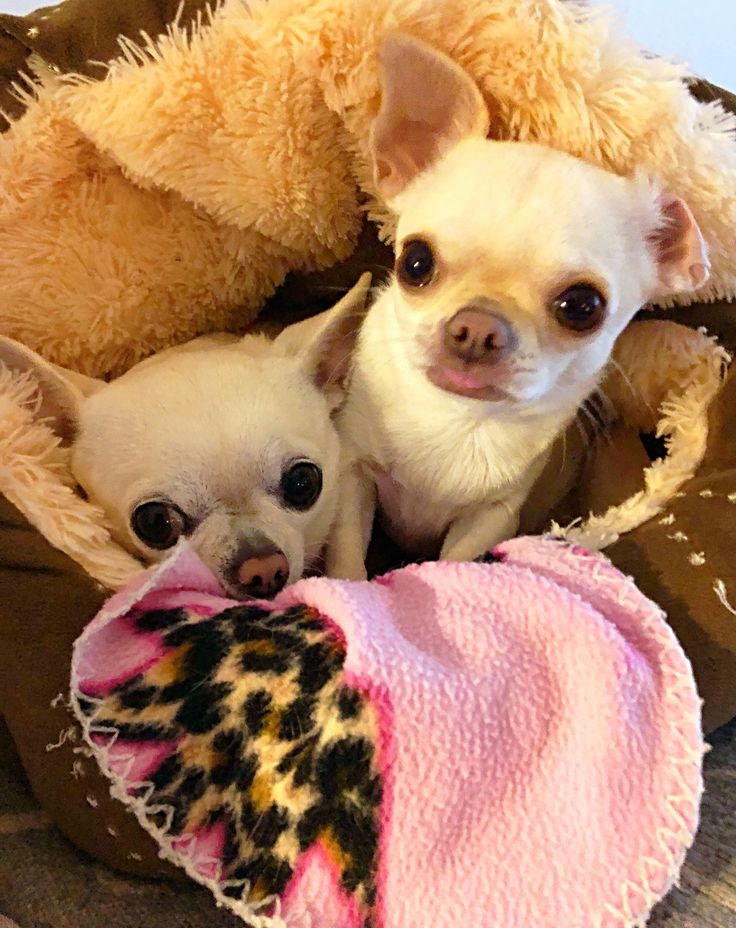
One thing that can help maintain the strength of your pup’s cartilage is glucosamine and chondroitin. These also support the cartilage in the joints, which is great because the Chihuahua can also experience a few kinds of joint problems.
Dental problems
While one study comparing different commercial foods has shown no difference in dental issues between different commercial foods (raw diets were not included). It is probably a good idea to avoid giving your pup sugary treats.
It is also essential to invest in a Chihuahua toothbrush and get her used to the routine early.
Best Dog Food For Chihuahua Puppy
So what’s the best dog food to feed your Chihuahua puppy? There are a lot of choices out there!
What is the best food for Chihuahua puppy? It depends on the puppy. Dog food for Chihuahua puppies can come in many forms. Some owners choose to feed their dogs dry food, some wet food, and others a combination of both.
Only you can decide what’s best for your dog.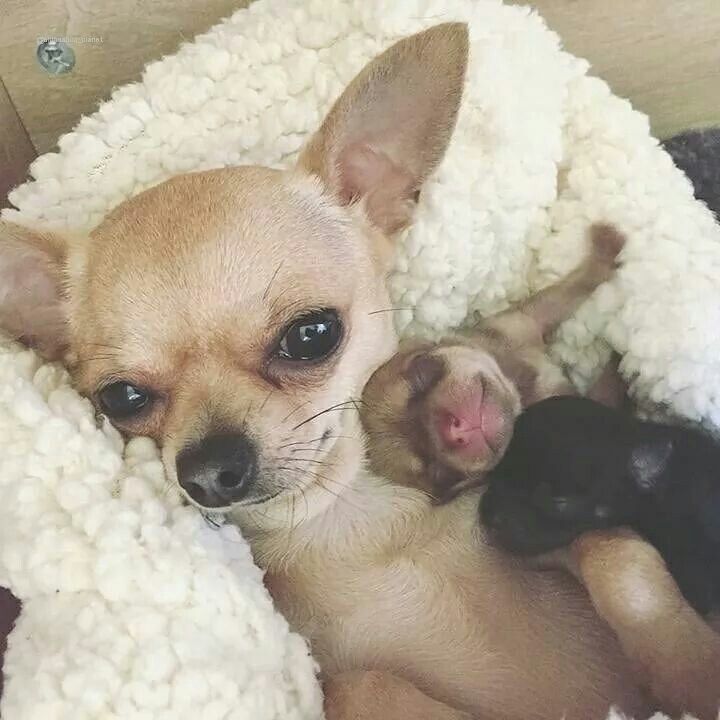 Read on to find out your options and get the information that will help you make an informed decision.
Read on to find out your options and get the information that will help you make an informed decision.
From wheat-free to all-natural, the many choices can be overwhelming.
There are cocerns that canned meat may not provide all the nutrition a puppy needs.
Kibble, or dry food, is the most economical and most popular choice. There are many brands out there, with various flavors and numerous specialized options.
Speak with your breeder and your vet if you have questions about what’s right for your pup. They can help you decide what is the best Chihuahua puppy food for your pup.
There is no one best dog food for Chihuahua puppies, but there are a few that are better than others.
Toy dogs like the Chihuahua need smaller morsels of kibble to reduce the risk of choking. So be sure to choose a puppy formula suitable for small breeds.
Best Wet Chihuahua Puppy Food
Many puppy caretakers like to give their puppy a little or a lot of their food as a wet food.
In some cases, this can really help with a puppy who is having decreased appetite or difficulty managing dry kibble.
It can also provide some additional variety and appeal to give your pup a more enjoyable experience of food.
Wellness Complete Health Natural Wet Canned Dog Food Puppy Chicken & Salmon
This food made by Wellness Complete* contains a variety of real-food ingredients and supplemental nutrients to make for a complete and balanced diet. We love the absence of fillers and the fact that it is made in North America.
Canidae Grain Free Pure Dog and Puppy Wet Food
With protein covered by high omega 3 fish, including salmon and mackerel, we love this natural wet food* that is good for puppies as well as dogs. Based on a handful of real food ingredients, it also contains nutrient supplements to make it a complete and balanced food for your pup!
Nutro Grain Free Wet Dog Food Adult & Puppy
Based on either beef or chickenNutro has made a balanced wet puppy food* for those who want to feed their best friend wholesome safe food.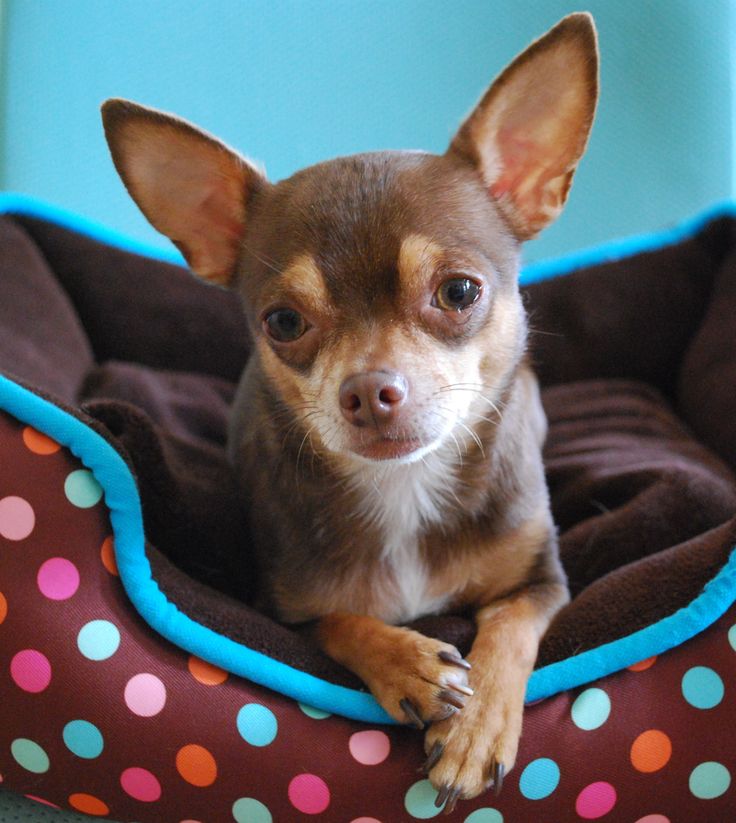 It is produced in the USA and manages to avoid GMOs in addition to fillers and artificial colors/flavors/preservatives.
It is produced in the USA and manages to avoid GMOs in addition to fillers and artificial colors/flavors/preservatives.
Best Dry Food for Chihuahua Puppies
Dry food may be the most classic option and possibly a great baseline for your puppy’s diet. It is convenient to store, can be left in a dish all day, and easy to take with you on the road or trail. These choices are also considered complete and balanced diets, so you don’t have to worry too much if your pup is getting the nutrients she needs.
Wellness Complete Small Breed Puppy Food
A popular natural food choice is Wellness Complete dry puppy food*. This one is based on chicken and rice, but also contains omega 3s from flax and guaranteed amounts of glucosamine and chondroitin for joint health. You can also rest a bit more securely knowing it is made in the USA of carefully sourced ingredients.
Blue Buffalo Life Protection Formula Small Breed Puppy Dog Food
A reliable brand for wholesome dog food, Blue Buffalo makes a great
puppy food for small breeds*.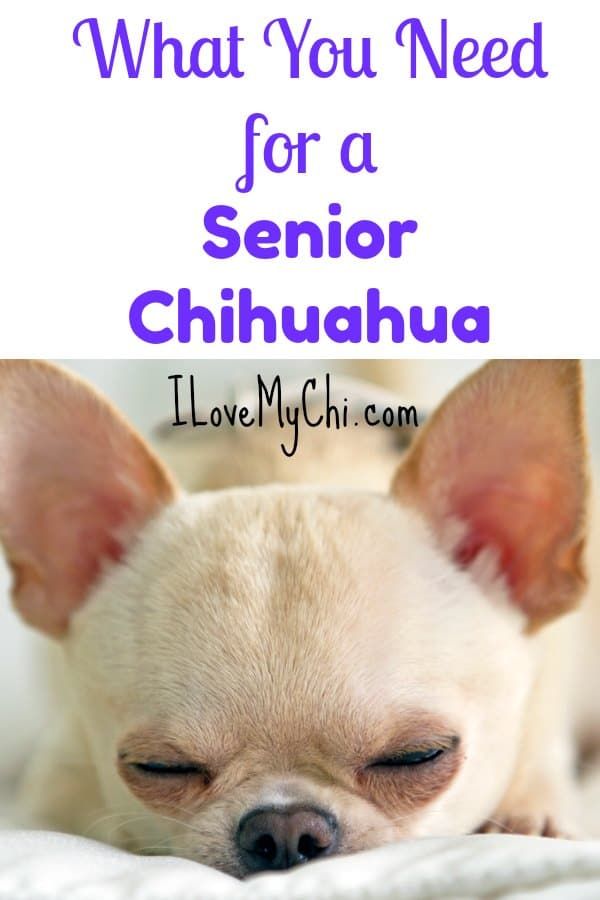 It contains meat as the first ingredient and wholesome grains and veggies. It has added DHA for brain health as well as added antioxidants to support the developing immune system. We appreciate the lack of fillers and artificial additives.
It contains meat as the first ingredient and wholesome grains and veggies. It has added DHA for brain health as well as added antioxidants to support the developing immune system. We appreciate the lack of fillers and artificial additives.
Nutro Wholesome Essentials Natural Puppy Dry Dog Food
This natural dry puppy food* is based on chicken, brown rice and sweet potatoes.
We especially appreciate the care to assure ingredients are from non-GMO sources.
Best Grain Free Chihuahua Puppy Food
Allergies are one of the top three most common health problems in purebred dogs. Often these allergies are caused or worsened by foods, especially grains.
If you think your puppy may have an allergy, it is best to consult with your vet.
Fortunately, there are many options available of wholesome commercial foods that cater to grain free or limited ingredient diet needs.
Here are a few of our favorites.
Blue Freedom Grain Free Small Breed Puppy Food
Blue Freedom Grain Free Small Breed Puppy Food* has a strict policy when it comes to ingredients.
No by-product meals, no corn, wheat or soy. In fact, nothing artificial at all.
This formula is designed to support healthy growth and development while avoiding grains. The main ingredient is delicious deboned chicken as the main ingredient.
Instinct Raw Boost Small Breed & Toy Breed Grain Free Recipe Natural Dry Dog Food
Grain free and freeze dried rather than heated
this puppy food especially for tiny pups* is a great choice for a naturally nutrient dense food. It contains all the nutrients your pup needs to grow well and no artificial junk.
Blue Buffalo Wilderness High Protein Grain Free, Natural Puppy Dry Dog Food
This high protein grain-free puppy food* is a well-thought-out blend of real meat and antioxidants that covers all your little puppy nutritional needs. Ingredients are carefully sourced.
Best Food For Chihuahua Puppies with Sensitive Stomachs
Some puppies tend to have a more sensitive stomach. For these ones, it may help to try a food that is a less complex (and all natural) formula.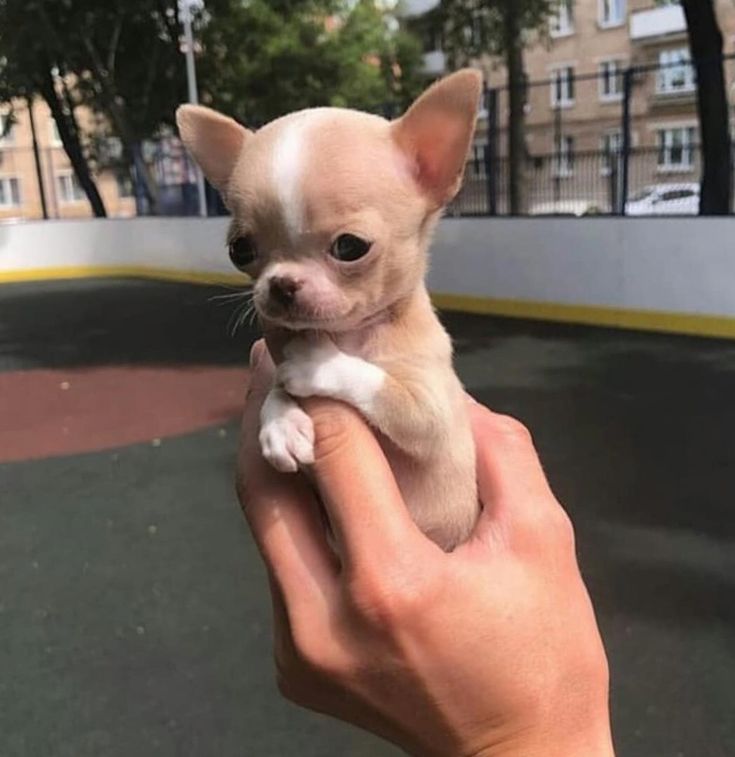 This simply leaves fewer things to potentially aggravate their stomach. Of course, if your pup is having ongoing digestive issues, we definitely recommend checking in with the vet as well to be sure there is nothing that needs attention.
This simply leaves fewer things to potentially aggravate their stomach. Of course, if your pup is having ongoing digestive issues, we definitely recommend checking in with the vet as well to be sure there is nothing that needs attention.
Here are a few foods we recommend for the more sensitive Chihuahua puppy.
Castor & Pollux grain-free organic food
For some pups, pesticide residue in the food might be contributing to GI upset. For an organic option, this food* covers the bases. It is based around organic, free-range chicken and contains flax for omega 3s and blueberries for phytonutrients and antioxidants.
Nutro Ultra Puppy Food
Nutro Ultra puppy food* is a relatively simple recipe that includes salmon and chicken and many highly nutrient-dense foods including chia, kale, and blueberries! We like that it is free of common irritating factors like artificial preservatives or colors. It is a small kibble designed specifically for ease of eating by younger dogs.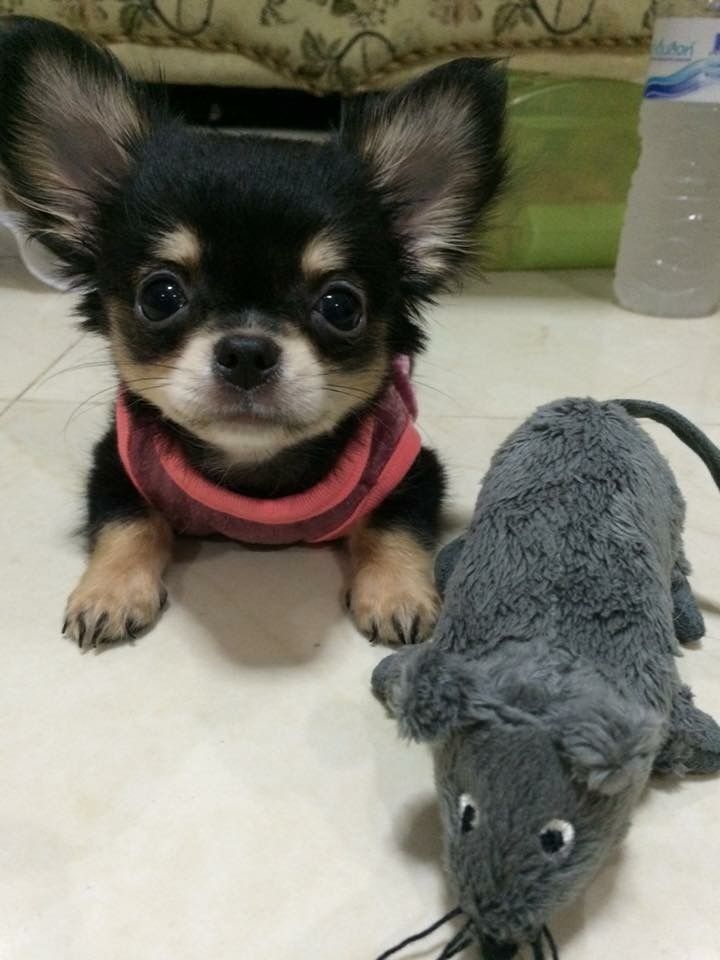
Find out more on Amazon here.*
Raw Feeding Chihuahua Puppies
A growing number of owners are now feeding their pets a raw food diet. These types of diets typically include bones and organ meats with supplemental veggies.
The benefits of this diet have not been scientifically assessed but many dog-lovers say their pets thrive on it.
You can check out the pros and cons of raw feeding for dogs in our guide.
Best Puppy Food for Chihuahua
So what is the best food for a Chihuahua puppy?
We have looked at dry and wet foods and foods for those with sensitive stomachs and allergies as well as raw diets.
In summary, the best food for Chihuahua puppy dogs is one that contains all the nutrients they need, in small enough morsels to easily fit in their tiny mouths.
Don’t forget, if what you try first does not seem to be best for your pup for any reason, you can always try something else!
Since your Chihuahua puppy is still young and his digestive system is developing, introduce new foods gradually.
Oh, and puppyhood is so short! Once your Chihuahua puppy outgrows her puppy stage, check out our guide to the best dog foods for the Chihuahua!
Which Puppy Food Do You Use?
Have you found a food on which your Chihuahua puppy thrives? Let us know in the comments below!
Affiliate link disclosure: Links in this article marked with an * are affiliate links, and we may receive a small commission if you purchase these products. However, we selected them for inclusion independently, and all of the views expressed in this article are our own.
Readers Also Liked
- Why are Chihuahuas so mean?
- Deer head Chihuahua
References and Resources
- How To Feed Your Puppy Kibble
- 5 Simple Rules For Feeding Your Puppy
- Wiles, B.M, et al, “Large-scale survey to estimate the prevalence of disorders for 192 Kennel Club registered breeds.”, Canine Genetics and Epidemiology, 2017
- Hawthorne, AJ et al. 2004.
 Body-Weight Changes during Growth in Puppies of Different Breeds. The Journal of Nutrition.
Body-Weight Changes during Growth in Puppies of Different Breeds. The Journal of Nutrition. - American Veterinary Medical Association
- Borreau, J et al 2004 Gastric Emptying Rate is Inversely Proportional to Body Weight In Dog Breeds of Different Sizes
- Raghavan, M et al 2004 Diet Related Risk Factors For Gastric Dilatation- Volvulus in Dogs of High Risk Breeds. Journal Of The American Animal Hospital Assocation.
- Capik, I. 2010 Periodontal health vs Various preventative means in toy dog breeds. Acta Veterinaria Brno.
- Lonsdale, T 1995 Periodontal disease and leukopenia. Journal of Small Animal Practice.
How Much To Feed A Chihuahua Puppy | 4 Week - 6 Week
When you adopt a Chihuahua puppy, you will naturally want only the best for your new little family member. But taking care of your puppy goes beyond love and affection. You also need to feed your puppy right.
Knowing how much to feed a Chihuahua puppy is essential in helping him grow into the healthy puppy that you want him to be.
You will need to feed him the right amount, at the right intervals, and know that you are feeding him the right foods. Each dog breed has individual needs and the Chihuahua breed is no exception.
How Much Should A Chihuahua Puppy Eat?
A Chihuahua is one of the smallest breeds in the world and they do not eat much in the way of food. An adult Chihuahua will only consume about ½ to 1/3 cup of food a day, split up into 3 meals. A puppy Chihuahua needs even less than that.
Typically, they will eat about ¼ of a cup of food as younger puppies, gradually increasing up to ½ cup as they grow larger and require more calories. The smaller sized Chihuahuas eat less than the larger counterparts, so the amount your puppy needs will be based on the individual dog.
Chihuahua Puppy Feeding Schedule
How Much: Chihuahua puppies should only eat about ¼ to ½ cup of food a day, depending on the age and size of the dog (see our Chihuahua growth chart for more detailed information).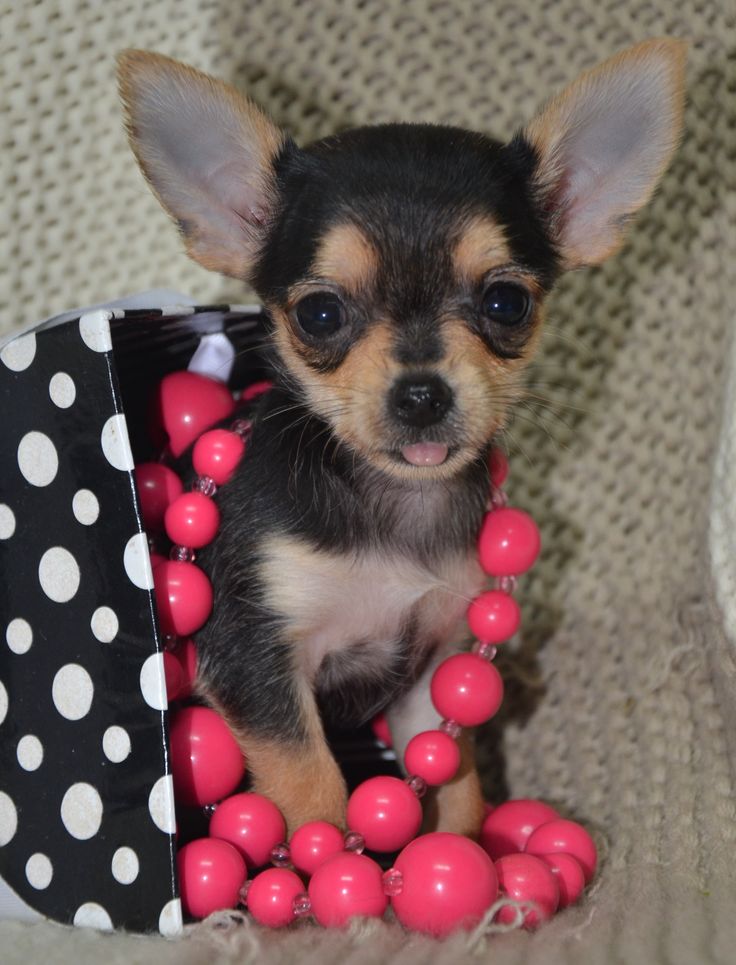
How Often: Ideally, puppies should be fed 3 to 4 times a day to give them food when they need it. Check out how much to feed a Chihuahua puppy guide below.
What Food: Chihuahuas must be fed dry kibble that is low in fat. They do not get very big, so do not expect them to eat much. They do have trouble losing excess weight, so keep them on healthy food to begin with.
Careful: Small breeds need dry kibble because they have a tendency toward dental issues. Dry food will clean their teeth as they eat it.
Our Recommended Dog Food For Yorkie Puppies1. Royal Canin Chihuahua Puppy Food (Editor’s Choice)
2. American Journey Lamb & Sweet Potato (Runner-Up)
3. Purina ONE SmartBlend (Budget Friendly)
How Much To Feed A Chihuahua Puppy?
2 Week Old Chihuahua Puppy
A 2 week old Chihuahua puppy will have recently opened his eyes to take in the world around him. He will need to stay close to his mother, given that his little legs will not carry him far from his litter.
He will need to stay close to his mother, given that his little legs will not carry him far from his litter.
He will be completely reliant upon his mother’s milk. Chihuahuas are tiny at this age and it will be hard to tell if one looks underweight, so just make sure they are eating.
3 Week Old Chihuahua Puppy
A Chihuahua puppy who has reached 3 weeks old will be experimenting more with how his legs work. He should be tottering around, but will be uncoordinated and will not stray from his mother.
Puppies at this age should still be completely reliant upon their mother’s milk and will not need any other sustenance. They will be growing quickly as well, so you should see them doubling in size before your eyes.
4 Week Old Chihuahua Puppy
When a Chihuahua puppy reaches 4 weeks old, you can consider introducing him to solid foods. These are such small dogs that even a sampling of food will need to be minimal.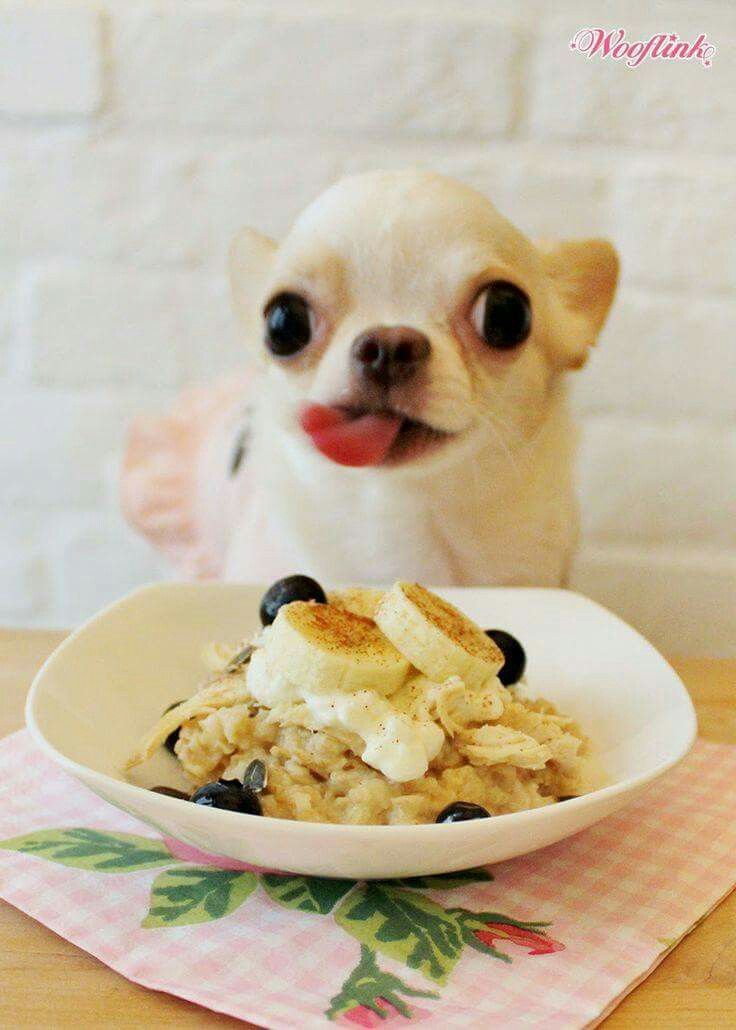 Create a mixture that is one part kibble to 3 parts water.
Create a mixture that is one part kibble to 3 parts water.
Try seeing if the puppy is willing to taste it, but don’t be surprised if he is not interested. The mother dog should still be nursing her puppies on demand and he does not need other food yet.
5 Week Old Chihuahua Puppy
A 5 week old Chihuahua puppy might be ready to try weaning again. Using the same concoction that you tried the week previously, offer it to your puppy to see if the puppy is willing to taste it. He might be interested, though he might also not be.
The mother dog should still be nursing the puppies, though she might be more up and about, giving the puppies some space to develop separately from her.
6 Week Old Chihuahua Puppy
If you haven’t started the weaning process with your puppies yet, now is the time to get going. Continue with the food mixture that is one part food and 3 parts water. If your puppy eats the mixture willingly, you can try again later, reducing the amount of water.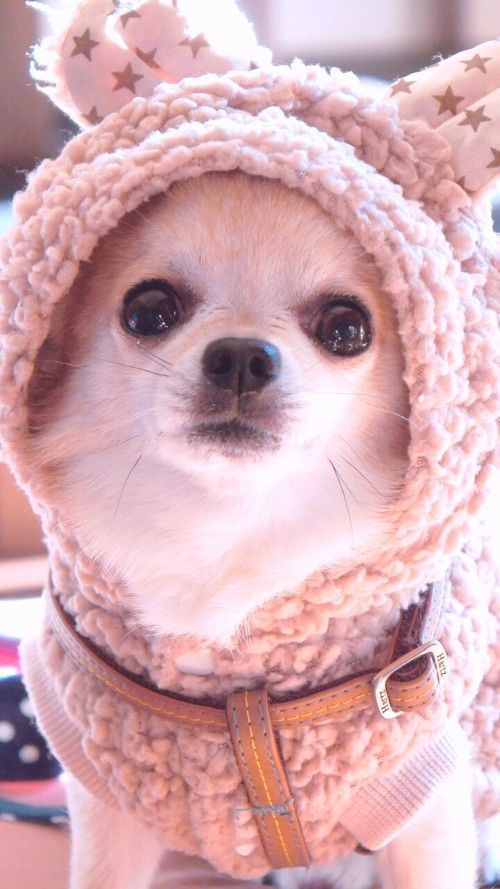
Continue to do this until there is no water and you are just feeding the puppy kibble. His mother should still be nursing him as well, though she will be spending less time doing it.
7 Week Old Chihuahua Puppy
When your puppy reaches 7 weeks old, you should be offering him food several times a day. He is probably not ready for consistent meals and might still be getting some milk from his mother.
The mother will probably be doing more quick feeds, where she just comes by long enough to give the puppies a drink before moving on with her day. The puppies will not be eating much in the way of kibble, yet.
8 Week Old Chihuahua Puppy
At the age of 8 weeks, the Chihuahua puppies should be ready to be rehomed and move away from their mother and littermates. They should have already been exposed to kibble, therefore the transition should not be too shocking as their mother is unlikely to have continued to nurse them by now.
In the new environment, give your puppy time to adapt and don’t be surprised if it takes him a few days to get the hang of mealtime.
9 Week Old Chihuahua Puppy
A Chihuahua puppy of 9 weeks should have been rehomed already and adapting to his new life and home. If you are changing his food from the kibble that the breeder was feeding him, you will need to do the change gradually, over the course of several days.
This will diminish the amount of upset that his stomach might experience with a sudden change in food. You want it to go smoothly.
10 Week Old Chihuahua Puppy
Your 10 week old Chihuahua puppy should have had a massive growth spurt or will be experiencing one soon. You should have your puppy on a consistent feeding schedule, sticking with 3 meals a day.
They should be equal amounts of food at a time. You will need to gauge whether your puppy needs more or less food than you are giving him as it is likely that his appetite is increasing as he gets bigger and burns off more calories.
11 Week Old Chihuahua Puppy
When your Chihuahua puppy has reached 11 weeks old, he should be eating with excitement. Do not read his excitement for his food as an excuse to give him more food, however.
You have to be careful with a Chihuahua puppy’s weight, because a few ounces can be the difference between healthy weight and overweight. Instead, just watch the puppy’s waist. If it is clear and defined, he should be at a good weight.
12 Week Old Chihuahua Puppy
At 12 weeks, your puppy might have doubled in size over the last month. They grow rapidly at this point. He should still need 3 to 4 meals a day, but likely will still need less than a ½ cup of food per day.
These dogs really do not require much in the way of food, so do not worry if it feels like you are not giving you enough. If he seems ribby, you can increase his food slightly.
1. Royal Canin Chihuahua Puppy
Editor’s Choice
Our choice for the best food for Chihuahua puppies is the Royal Canin Chihuahua Puppy formula. This food is great, because it was specifically made with a Chihuahua’s needs in mind. Even the kibble is made for the muzzle of a Chihuahua, making it easy for them to pick up and to eat.
This food is great, because it was specifically made with a Chihuahua’s needs in mind. Even the kibble is made for the muzzle of a Chihuahua, making it easy for them to pick up and to eat.
The formula is highly digestible as well and it helps reduce fecal smell as well as gastric issues.
Pros:- Made specifically for Chihuahuas
- Kibble size is ideal for Chihuahua mouths
- Contains a complex of antioxidants
- Exceptional aromas and flavours
- Highly digestible
- Contains grains and other potential allergens
2. American Journey Lamb and Sweet Potato
Runner-Up
Our second place choice for the best food for Chihuahua puppies is the American Journey puppy formula. This is a grain-free food made with great ingredients.
The food is nutrient-rich, containing Omegas 3 and 6 that come from salmon oil and flaxseed, as well as a complex of antioxidants for better growth and immune system support.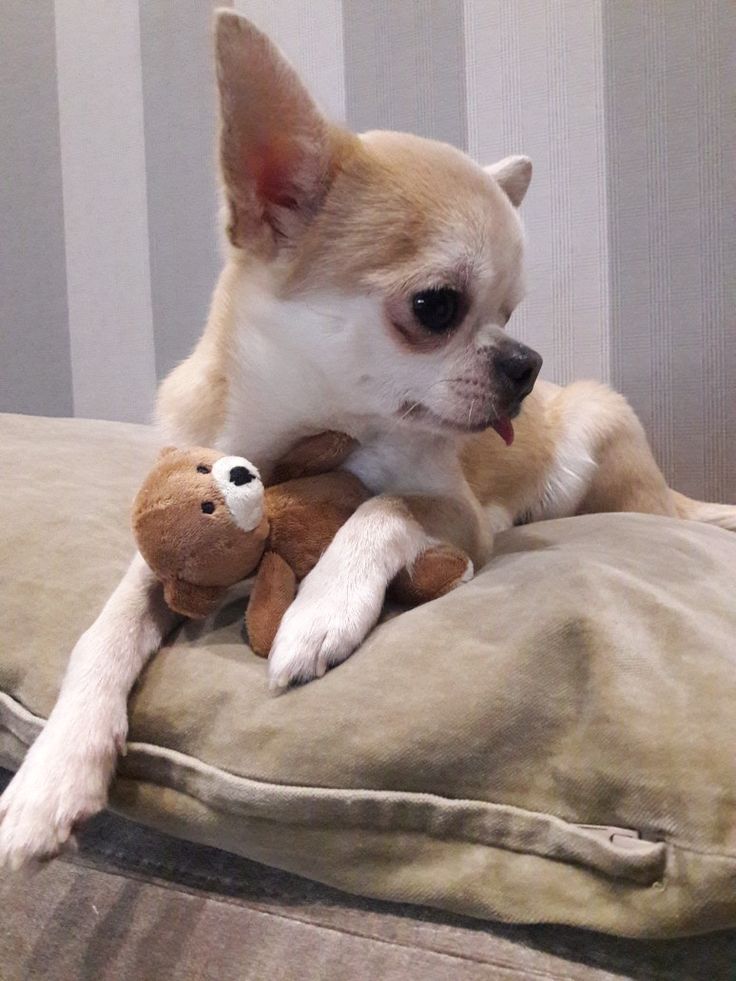
- Grain-free
- Does not have any common allergens
- Has salmon oil and flaxseed
- Contains fibre-rich chickpeas and sweet potatoes
- Made with antioxidants for immune support
- This is high in protein, which can be too rich for some dogs
3. Purina ONE SmartBlend Healthy Puppy
Budget Friendly
If you are looking for a budget friendly puppy food option, we suggest the Purina ONE SmartBlend puppy food.
This food is formulated using rich and healthy ingredients. The first ingredient listed is chicken. Additionally, it contains good amounts of phosphorus and calcium, both of which are helpful for growing bones. It also has DHA, an ingredient found in mother’s milk, which encourages brain health.
Pros:
- First ingredient is chicken
- Calcium and phosphorus for healthy bones
- Dual-defence antioxidants for immune system support
- Contains DHA for brain health
- Easily digestible
Cons:
- Contains fillers and common allergens
2 Month Old Chihuahua Puppy Weight
A 2 month old Chihuahua puppy can weigh anywhere from just over half a pound up to 2 pounds. The size of your puppy will depend greatly on how big his parents were, how well fed he was up to this point, and whether you have a male or female dog.
The size of your puppy will depend greatly on how big his parents were, how well fed he was up to this point, and whether you have a male or female dog.
Remember that while the difference in weight is mere ounces, for a little dog, it means a huge difference. If you’re worried he’s underweight, consult with your vet.
3 Month Old Chihuahua Puppy Weight
When your Chihuahua puppy is 3 months old, you can expect him to weigh between just under a pound and 3 pounds. Your puppy should be growing quickly and gaining a few ounces by the week.
It might be hard for you to determine whether your puppy is gaining well because they are so small, but your vet should be able to guide you. Your puppy should look thin around the waist.
4 Month Old Chihuahua Puppy Weight
At 4 months old, a Chihuahua puppy can weigh from a little more than one pound up to 4 pounds. As long as your puppy is staying on his own growth curve, you do not need to worry whether your puppy is under or overweight.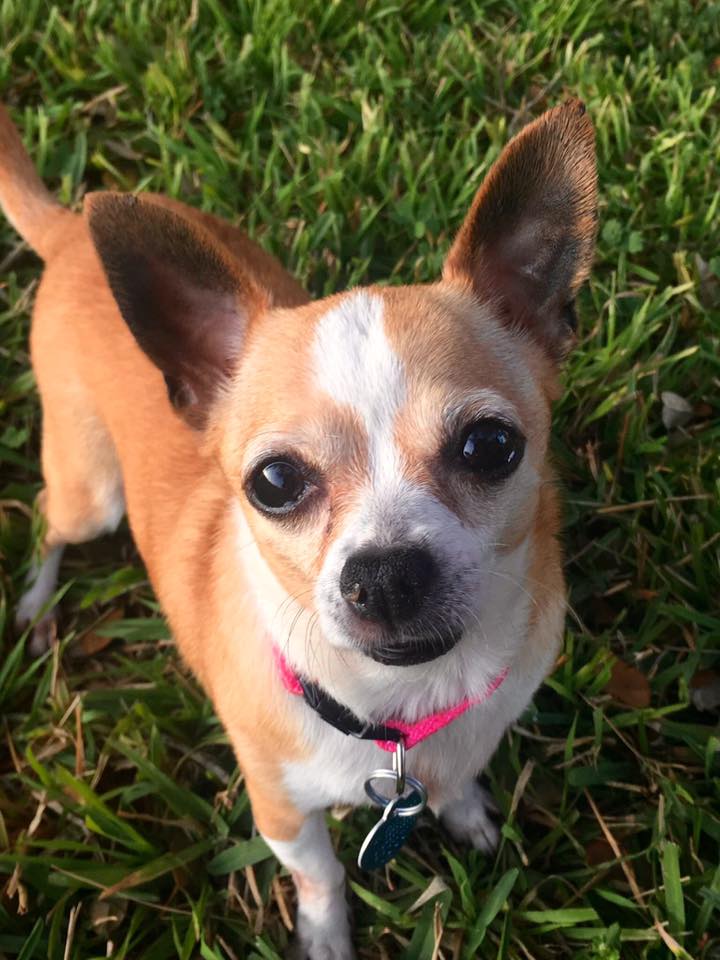
Some dogs are just bigger than others. Chihuahuas should look slim, so don’t add more food based on his appearance, but they will need more food at this growth period.
5 Month Old Chihuahua Puppy Weight
When your Chihuahua puppy is 5 months old, you can expect him to weigh anywhere from 1.5 pounds up to just under 5 pounds. You will notice that the space between the smallest and largest Chihuahuas has spread out further, with the average Chihuahua weighing around 2.75 pounds.
You might not be able to feel the weight changes with your puppy, but you should notice him physically getting steadily taller and longer.
6 Month Old Chihuahua Puppy Weight
A 6 month old Chihuahua puppy should weigh somewhere between 1.65 and 5.5 pounds. The difference in dog type will be the biggest factor in how large your puppy is. If he is on the smaller end of the spectrum, don’t worry.
Likewise, Chihuahuas on the larger side of the spectrum do not warrant concern, unless they have strayed off of their growth curve.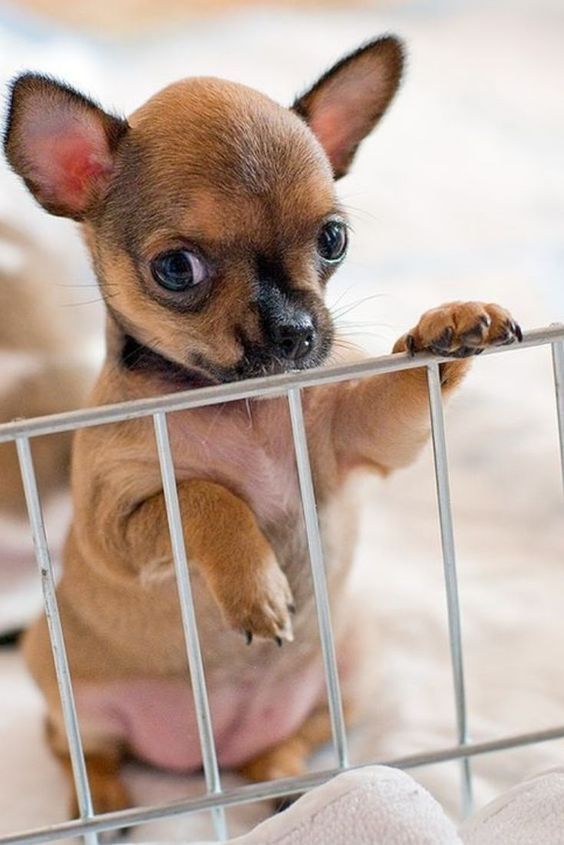 Your puppy still has some growing to do, reaching a final adult weight between 2 and 7 pounds.
Your puppy still has some growing to do, reaching a final adult weight between 2 and 7 pounds.
Check Out Our Other Articles:
How Much To Feed A German Shepherd Puppy
How Much To Feed A Yorkie Puppy
How Much To Feed A Golden Retriever Puppy
How Much To Feed A Pitbull Puppy
How Much To Feed A Great Dane Puppy
Chihuahua Background
The background of the Chihuahua breed is not entirely clear as one belief is it was a Chinese dog bred with South American dogs and another said it was a native South American dog.
Regardless, we know that the small breed is a South and Central American small dog that has been around for hundreds of years and were revered by the Aztec Empire as well as the Toltecs. The ancestors of the modern-day Chihuahua were wiped out by the Spanish invaders in the 16th century, but were later rediscovered in the Mexican state of Chihuahua in the 19th century.
Creating A Consistent Feeding Schedule
Your Chihuahua puppy needs to be on a consistent feeding schedule.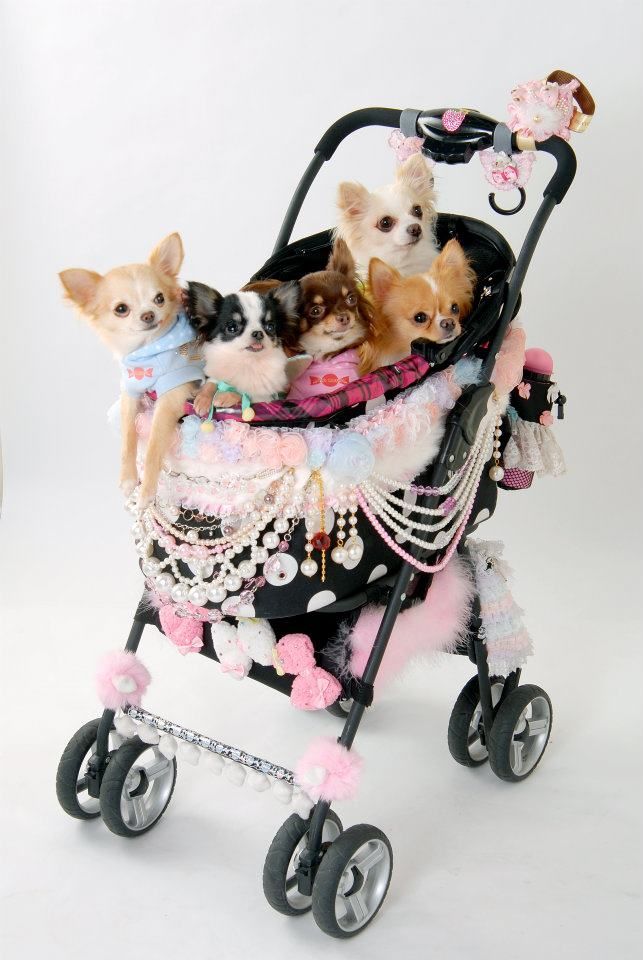 This is important to maintain his weight and help him grow into a healthy and fit Chihuahua. While many people think of them as “purse dogs,” they still need to have an active and fit lifestyle, which includes being well on a schedule.
This is important to maintain his weight and help him grow into a healthy and fit Chihuahua. While many people think of them as “purse dogs,” they still need to have an active and fit lifestyle, which includes being well on a schedule.
For a puppy, this means feeding them 3 to 4 times a day, with the same amount of food at each meal. Given their size, if a Chihuahua becomes overweight, it becomes difficult for him to lose the excess weight.
Chihuahua-care and upbringing of the puppy
Councils from the Wihuahua breeder with 20 years of experience, Tsvetan nursery
Content of the article:
1. Health Puppy
2. Puppy
3. Vitamin-mineral additives
4. Vaccination
5. First steps together
6. How to toilet train a puppy
7. How to care for a puppy
8. To walk or not to walk
9. Taking care of your baby
1. Puppy health
When buying a puppy, you must make sure that he is healthy.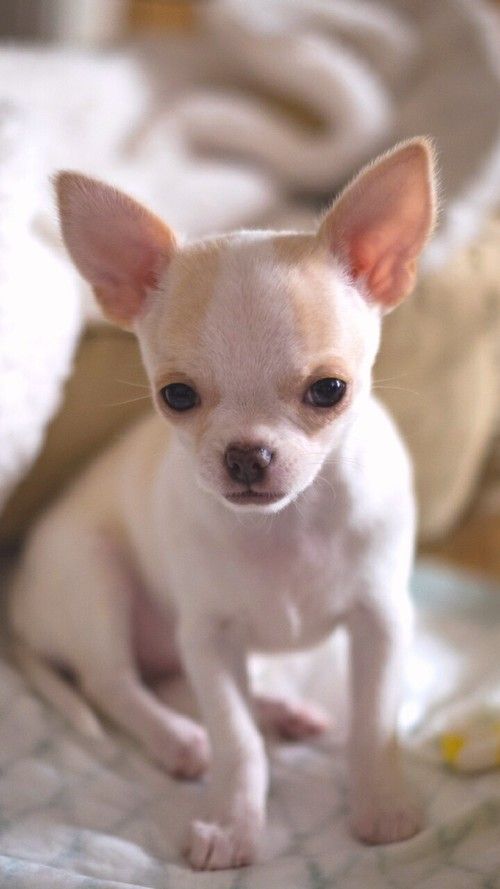 Outwardly, this is as follows: the puppy runs smartly (except for super-tiny options), he has an excellent appetite, clean eyes and ears, and a smooth and shiny coat. The puppy should not cough or sneeze. When examining the puppy's teeth, pay attention to the bite: it should be scissor-shaped or with very little undershot bite. As for the number of teeth, the following should be taken into account: there should be all canines, and incisors - preferably 12 (the absence of any of the incisors is possible).
Outwardly, this is as follows: the puppy runs smartly (except for super-tiny options), he has an excellent appetite, clean eyes and ears, and a smooth and shiny coat. The puppy should not cough or sneeze. When examining the puppy's teeth, pay attention to the bite: it should be scissor-shaped or with very little undershot bite. As for the number of teeth, the following should be taken into account: there should be all canines, and incisors - preferably 12 (the absence of any of the incisors is possible).
One and a half to two month old Chihuahua puppies are very small, but very active and funny. When purchasing a puppy, consult with the breeder how to care for the puppy and STRICTLY follow his recommendations.
2. Feeding the puppy
The first time, after the puppy was taken from home, you need to feed him with his usual food. It is easier to feed a puppy dry food than natural food. Dry food is completely balanced, it contains the optimal amount of vitamins and minerals that a puppy needs for full development and growth.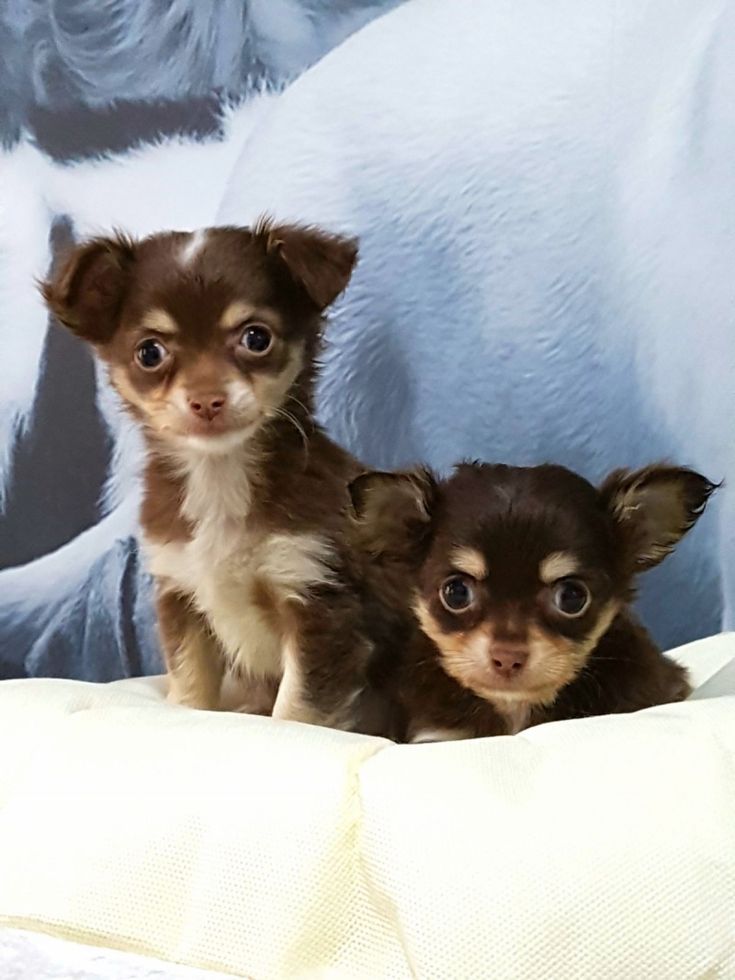 The following brands are well suited for feeding a puppy: Brit (Brit), Pro Plan (Pro Plan), Acana (Akana), Orijen (Orijen), Bosch (Bosch), Magnusson (Magnusson), Monge (Monge), Xills (Hills), Royal Canin (Royal Kanin), Josera (Yosera).
The following brands are well suited for feeding a puppy: Brit (Brit), Pro Plan (Pro Plan), Acana (Akana), Orijen (Orijen), Bosch (Bosch), Magnusson (Magnusson), Monge (Monge), Xills (Hills), Royal Canin (Royal Kanin), Josera (Yosera).
Veterinarians recommend soaking dry food for puppies in a small amount of slightly warm water to avoid gastritis and overeating. Soaking the food swells and the dog eats less of it than dry food. Once a day, the puppy is given cottage cheese with milk (or kefir).
It is believed that by restricting the puppy's nutrition during growth, it is possible to achieve a lower weight in an adult dog. However, experts say that this will bring nothing but harm. Poor feeding will lead to the formation of bad muscles and affect health.
Once your puppy has adjusted to his new environment, you can gradually transition him to a different diet. You can feed your puppy with natural products. The main diet is lean meat (beef, turkey (without skin), rabbit) boiled and finely chopped.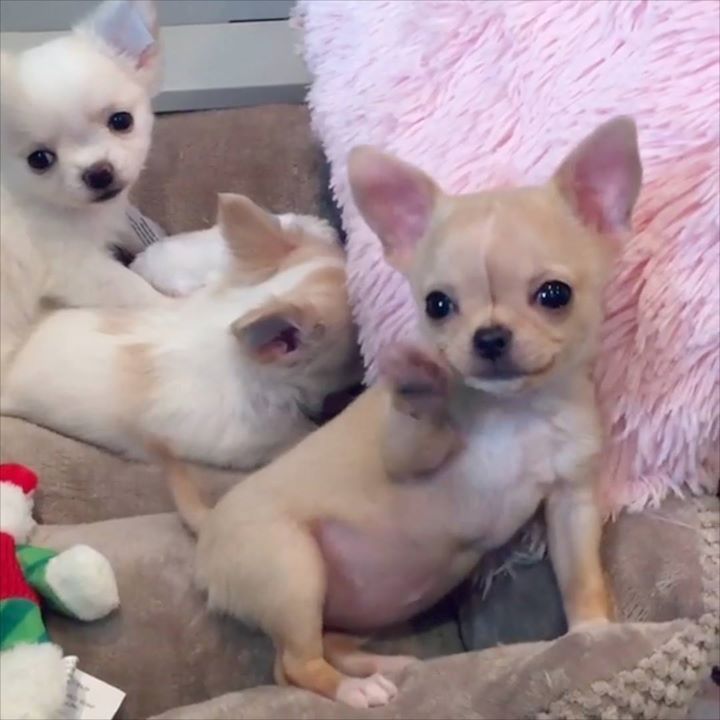 As a side dish - well-boiled rice, buckwheat, hercules. Once a week - half a boiled yolk. From time to time, include fish in the puppy's diet, but only ocean fish, with the exception of pollock and fish with a high fat content (capelin, etc.). From fermented milk products - kefir, cottage cheese, fermented baked milk, cheese (finely chopped).
As a side dish - well-boiled rice, buckwheat, hercules. Once a week - half a boiled yolk. From time to time, include fish in the puppy's diet, but only ocean fish, with the exception of pollock and fish with a high fat content (capelin, etc.). From fermented milk products - kefir, cottage cheese, fermented baked milk, cheese (finely chopped).
Small dogs love fruits (everything is good, especially apples and bananas). Vegetables are best digested stewed or boiled. Raw, they will be better absorbed if they are grated and add ½ teaspoon of vegetable oil. Carrots are useful, the carotene contained in it makes the coat color brighter, restores pigmentation.
Food should always be fresh and slightly warm. And, of course, it is necessary to give beef bones and cartilage to gnaw. There should always be clean water near the puppy's house. A 1.5-2 month old puppy needs to be fed 5 times a day.
What should not be categorically given to a puppy to eat: pork or fatty meat, river fish, sweets and sugar, pasta, legumes, spices, nuts, sweet bell peppers, onions, fresh cabbage (the exception is healthy sauerkraut). It is impossible to give sausages (sausages) or smoked meats, salinity instead of meat. In their composition, they are far from meat, and various additives are very toxic to dogs.
It is impossible to give sausages (sausages) or smoked meats, salinity instead of meat. In their composition, they are far from meat, and various additives are very toxic to dogs.
3. Vitamin and mineral supplements
- For puppies, there are special vitamin complexes sold in veterinary pharmacies. The preparation you have chosen should contain calcium, phosphorus, magnesium, as well as all the main vitamins and a number of trace elements. Phytomins of the Russian manufacturer Veda have proven themselves well.
- Phytomins are available: for teeth, for hair, anti-allergic, hematodog (for puppies, for debilitated adults and after surgery) and others. Many people praise 8 in 1 vitamin supplements.
4. Vaccination
- If you suspect that the puppy has worms (rides on the buttocks or unreasonable mild vomiting before eating), immediately start deworming (Drontal Junior (suspension), Pirantel suspension, "Prazicide - suspension").
 Adult the dog needs to be given a deworming medicine once every three months, the puppy - at the age of 4, 8 and 12 weeks, and then at the age of 4, 5 and 6 months. Give a puppy or adult dog activated charcoal 2 hours after deworming.
Adult the dog needs to be given a deworming medicine once every three months, the puppy - at the age of 4, 8 and 12 weeks, and then at the age of 4, 5 and 6 months. Give a puppy or adult dog activated charcoal 2 hours after deworming. Was the puppy vaccinated, and if vaccinated, then when and with what vaccine - if the puppy is not vaccinated, then a week after its purchase, deworming is carried out and a week later the first vaccination with the HOBIVAK vaccine is given. Before vaccination, you can drip Gamavit into the puppy's mouth (sold in a veterinary pharmacy). It is not necessary to reduce the dose of the vaccine, as many people think, because of the size of a small dog. After vaccination, you need to ask the veterinary clinic: when to do the next vaccination and strictly follow the schedule (if the puppy is healthy).
It is advisable to vaccinate puppies for the first time at the age of 9, and for super small ones at the age of 10-11 weeks. You can not start vaccination during the period of changing teeth (age from 3.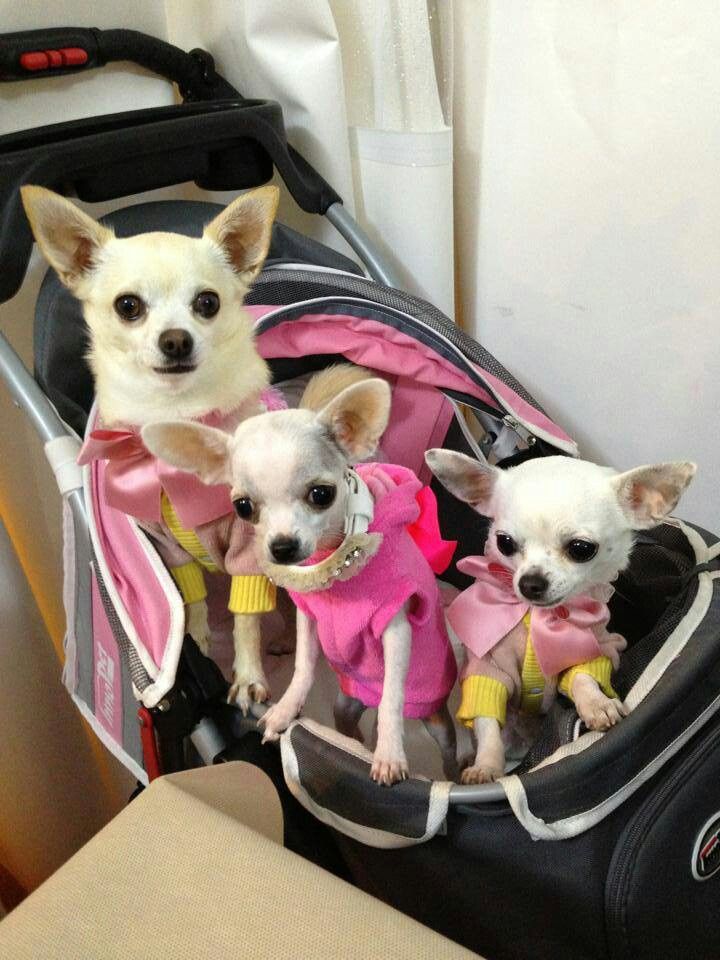 5 to 6 months).
5 to 6 months).
5. About the first steps together
On the first day, do not tire your pet with excessive attention. Let him sniff around and get to know his new home. After 1-2 days, he will get used to it, and will be fun to run around the house, accompanying you. The puppy's house should be in a warm corner without drafts. In the kitchen, you can additionally put a stove bench.
You have to be extremely careful when handling a puppy. Take care not to accidentally step on him, do not accidentally hit him with a door and do not catch a cold in a draft. Do not take it to the sofa or bed. He himself will learn to climb onto the sofa and jump off it. Super tiny puppies, when they grow up, put a pillow on the floor by the sofa or make steps.
You should be extremely careful when holding the puppy in your arms, as often the puppy will break out vigorously and may fall (the breeder must show how to hold the puppy - with a grip under the chest).
6.
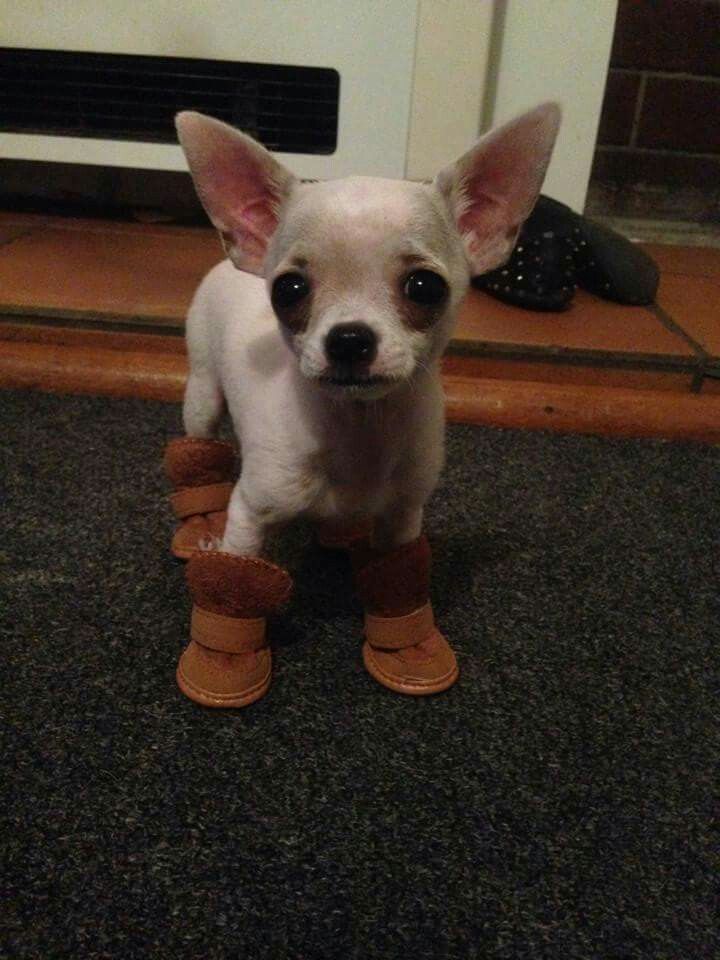 How to litter train a puppy
How to litter train a puppy Small dogs learn to use the toilet rather quickly. In order to teach a puppy to write and poop in the place where you want, you need to lay several newspapers or a special disposable or reusable diaper on the floor near his house. Usually the puppy starts to walk on them by himself. When the baby is going to do his business, and most often it happens after sleeping and eating, he must be quickly picked up and taken to the newspapers or to the diaper.
Afterwards, when the puppy gets used to doing his business on a newspaper or a diaper, you can put it on the litter box and teach the puppy to the litter box.
7. How to care for your puppy
Caring for your puppy is easy and enjoyable. This applies to both long-haired and smooth-haired dogs. Comb your friend once every few days. Check your puppy's teeth regularly. During the change of teeth, milk incisors and canines most often do not fall out on their own and it is necessary to consult a doctor to remove them. Puppies should be taught to brush their teeth from an early age. It is good to use special toothbrushes for cleaning, which are worn on the finger (Trixie has two for teeth and for gums) and Cliny tooth gel or Trixie toothpaste. You should also regularly purchase special bones and treats for brushing your teeth at the pet store. For example, the company TitBit.
Puppies should be taught to brush their teeth from an early age. It is good to use special toothbrushes for cleaning, which are worn on the finger (Trixie has two for teeth and for gums) and Cliny tooth gel or Trixie toothpaste. You should also regularly purchase special bones and treats for brushing your teeth at the pet store. For example, the company TitBit.
Keep your ears clean. It is not recommended to clean the ears with cotton swabs. A few drops of Veda's "Ear Lotion with Phytocomplex of 25 Healing Herbs" by Veda or Cliny's "Cleansing Ear Lotion" by Cliny are dripped into the ear and the base of the ear is massaged (instructions are on the package).
Take care of your eyes. Pet stores sell special lotions for the eyes "Calendula" or "Chamomile" by Veda, "Eye Care" - Eye Care Lotion by Trixie. Tear spots on the coat should follow the shape of the eye.
Sometimes only one eye can water, it seems that it is not strong, but a path appears under the eye. Then you can buy Bars eye drops in a veterinary pharmacy or consult a veterinarian. Purulent discharge from the eyes is an indicator of a serious illness.
Purulent discharge from the eyes is an indicator of a serious illness.
Treat your under-eye hair. Use under-eye wipes such as Cliny. In case of need, for example, for white and light cream dogs, Trixie's Tearstain Remover can be recommended.
Trim your pet's overgrown nails once every two or three weeks with a special nail cutter (it looks like small scissors). If the Chihuahua puppy resists strongly, then it is better to swaddle him, leaving one paw outside. After trimming the claws, the puppy's paw should look elegant.
Bathe your puppy only when necessary. Do not bathe a puppy if he is not yet two months old. When he starts to grow up, play more naughty and, accordingly, get more dirty, do not rush to immediately drag the prankster to the bathroom. After a slushy walk, wash the puppy's paws or wipe them with wet paw wipes, such as Cliny, and comb out the coat. Detergents destroy and remove the protective fatty layer on the skin and coat. This layer protects the skin from moisture and pollution, protects against hypothermia and the penetration of microbes.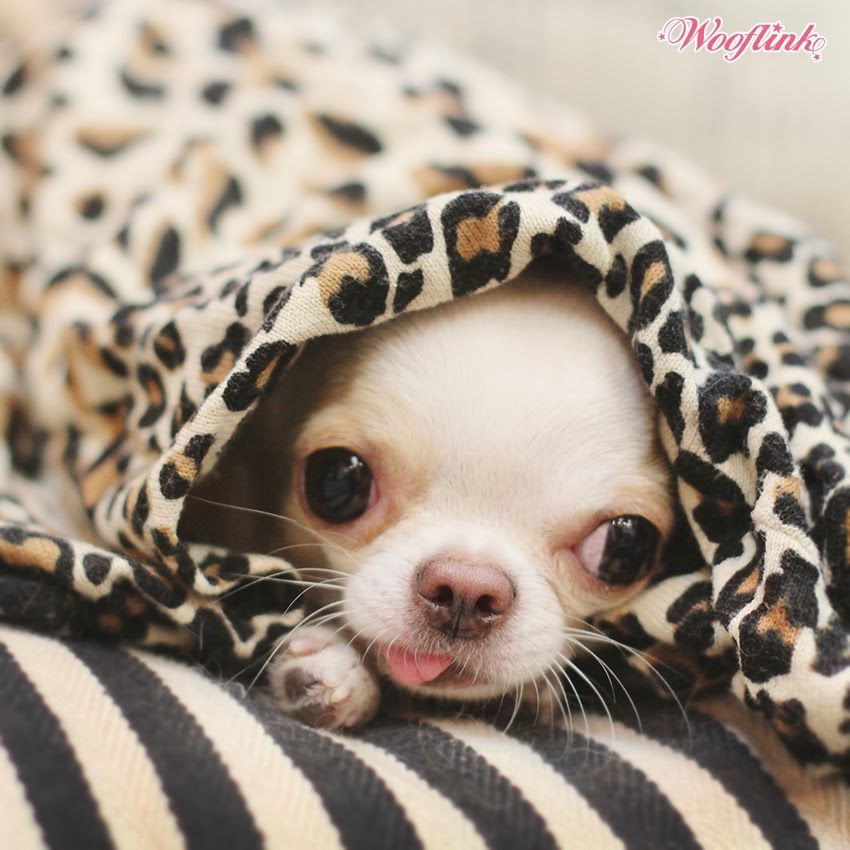
When bathing, preferably professional puppy shampoos, eg Trixie, Hartz, Gotlieb, Dr. Vic. For long-haired and smooth-haired puppies and different, there is also a shampoo for puppies with very delicate skin. (For example, oatmeal shampoos). The most gentle shampoo option is a dry shampoo, for example, from Trixie. It is similar to talc and can be used frequently.
It is better to bathe puppies after the last walk. You can not bathe immediately after eating. With warm water, make sure that water does not get into the ears, do not pour water directly on the head (dilute the shampoo in warm water), on thoroughly moistened wool, without pushing it apart so that the shampoo does not get on the skin.
Let the puppy shake off and lightly wring out the water with a towel on the ears, on the paws, on the body. When the puppy's coat dries a little, you need to let the puppy run around so that he is in motion. For puppies with delicate skin and fur, blow-drying is contraindicated.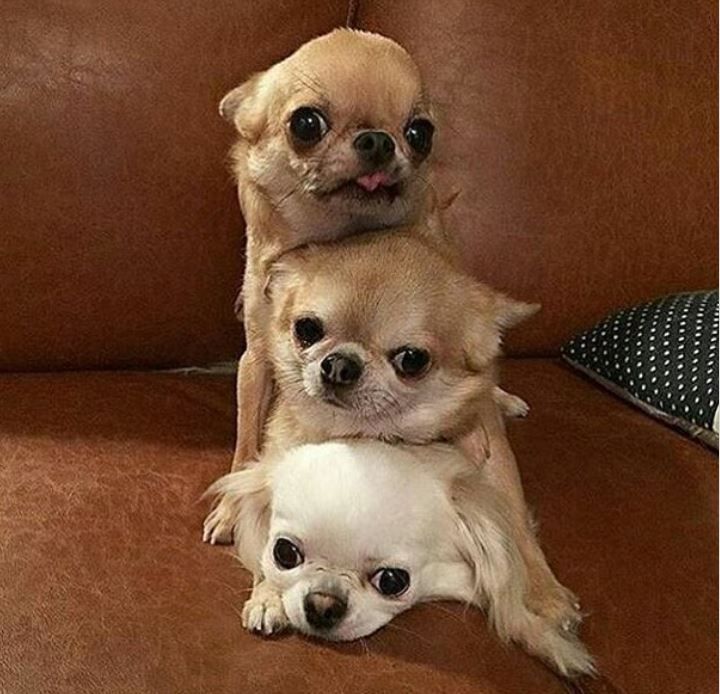
After bathing and drying, praise your puppy and reward him with some treats.
In addition, do not wash your dog 2-3 days before vaccination and for two weeks after it. It is preferable to wash an adult dog 1-2 times a year.
Keep your pet free of fleas. From fleas and ticks, anti-flea collars or drops on the withers have proven themselves well. From spring to autumn, treat the dog house.
8. To walk or not to walk
Immediately after buying a puppy, it is not recommended to walk with him on the street until he gets used to all the vaccinations. The start of walking a puppy also depends on the time of year. It’s good to start walking in the summer, when the sun has dried the earth and warmed it up. By the time you start your outdoor walks, take care to buy a flea collar or drops.
If you walk your dog outside, it is advisable to wipe its paws after the walk with paw wipes. For the cold season, a puppy needs to purchase a horse-cloth or overalls, shoes. If the puppy does not want to walk in shoes, it is good to use wax for the paws, for example, the company "Let's go for a walk!".
If the puppy does not want to walk in shoes, it is good to use wax for the paws, for example, the company "Let's go for a walk!".
Walking outside is very beneficial. But here it is necessary to take into account the bold character and temperament of your dog. Therefore, to keep your dog out of trouble, walk it on a LEASH. Natural curiosity can also play a cruel joke with a brave little creature. In my practice, there was a case when a baby was intimidated by crows.
In any case, the dog must be litter trained so that you have a choice.
Little puppy (but not a toy) does not require much space in the house,
Easy to care for and a lot of food,
You can walk with it when it is convenient,
Take it on trips.
And just love.
9. Caring for your baby
Despite their size, Chihuahua dogs are very hardy, immune to diseases (including infectious ones), easily adapt to any climate. Chihuahua dogs often become centenarians, the age of 15 - 18 years is not uncommon for them.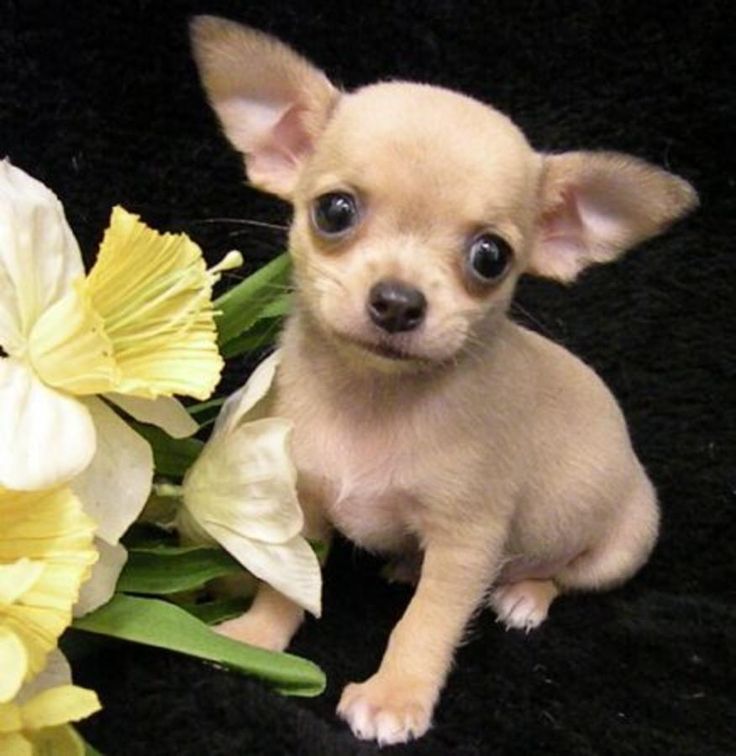
When buying a puppy, the breeder must give you a list of medicines that should always be in the house where the dog lives.
If you visit exhibitions or travel with a dog and are afraid of unwanted contacts that may damage the health of your little friend, give him Gamavit first (see instructions for use of the drug).
Carefully monitor the development of your dog and examine the pet more often, playing or caressing - this way you will quickly notice “something is not right”, namely: the refusal of the usual diet (do not offer something tasty to the puppy, but watch whether other deviations from normal behavior.If the dog is cheerful, you can give any sorbent and wait until the next feeding - the appetite should be restored).
Also must alert: diarrhea, nausea, chills, festering eyes, runny nose.
If you notice any of the above abnormalities, consult your veterinarian.
Love and cherish your baby, and she will delight you for many years!!!!!!!!!!!!!!!!!!!!
Chihuahua food, which food to choose for a chihuahua
Chihuahua food, which food to choose for a chihuahuaChihuahua
01/01/1970
You can choose to feed your Chihuahua dog dry food or small breed dog food. The best option is to combine dry and wet food (but not in one meal). Dry diets are good for dogs' teeth because they help to remove plaque and tartar.
The best option is to combine dry and wet food (but not in one meal). Dry diets are good for dogs' teeth because they help to remove plaque and tartar.
What is better to feed, homemade food or feed?
One of the issues of keeping a Chihuahua is the choice of food. You can feed your dog with natural products, choosing a balance of proteins, fats and carbohydrates, or you can give preference to ready-made feeds. For dwarf dogs, dry or canned food is being developed that contains the optimal percentage of animal proteins, carbohydrates, a complex of vitamins and minerals.
Benefits of feeding with prepared foods:
- Balanced composition. Rations are made taking into account the conditions of keeping the Chihuahua breed, the constitution of these dwarf dog breeds, and the daily needs for nutrients. There are veterinary foods that are developed for pets with various health problems.
- Ease of use. Dry or wet food is ready to eat, packaged in convenient packaging (pouches, tins).
 It is convenient not only to give them at home, but you can also take them with you on trips, to visit.
It is convenient not only to give them at home, but you can also take them with you on trips, to visit. - Large selection of different flavors. Manufacturers offer canned or dry food with different types of meat, fish, vegetables and fruits, so you can choose any diet for your pet (within the same brand line).
Adult dogs are fed with natural products or ready-made dry food, canned food for small breeds. Ready-made rations have a number of advantages, because. contain all the useful substances necessary for the development and growth of a pet - proteins, fats, carbohydrates, vitamins and mineral elements.
Show all item
Show all item
Chihuahua puppy nutrition
Nutrition is a very important factor for the normal development and growth of puppies, as well as for the healthy life and reproduction of adults. Therefore, you need to select food for Chihuahua puppies, taking into account the age, weight, and individual health characteristics of a small pet.
How many times a day should a Chihuahua puppy be fed? In ready-made diets, the amount of fats, proteins and carbohydrates is strictly selected, therefore, with such nutrition, the puppy is saturated and receives all the nutrients he needs.
Peculiarities of nutrition for puppies:
- Chihuahua's diet under 12 months of age should be high in calories, include proteins, fats, vitamins and minerals;
- the number of meals: at 2-3 months of age - 6 times a day, at 3-4 months of age - 5 times, 4-6 months - 4 times, 6-12 months - 3 times, after a year - 2 times a day;
- it is desirable to adhere to the feeding regimen and give food to a small pet by the hour;
- over the age of 4-5 months it is better not to give the puppy food at night, the last meal should be appointed no later than 7-8 pm.
The daily intake depends on the weight of the puppy, the type of food. Dry or wet prepared foods are specified by the manufacturer (as a rule, premium, super-premium and holistic canned foods consume less than economy class rations).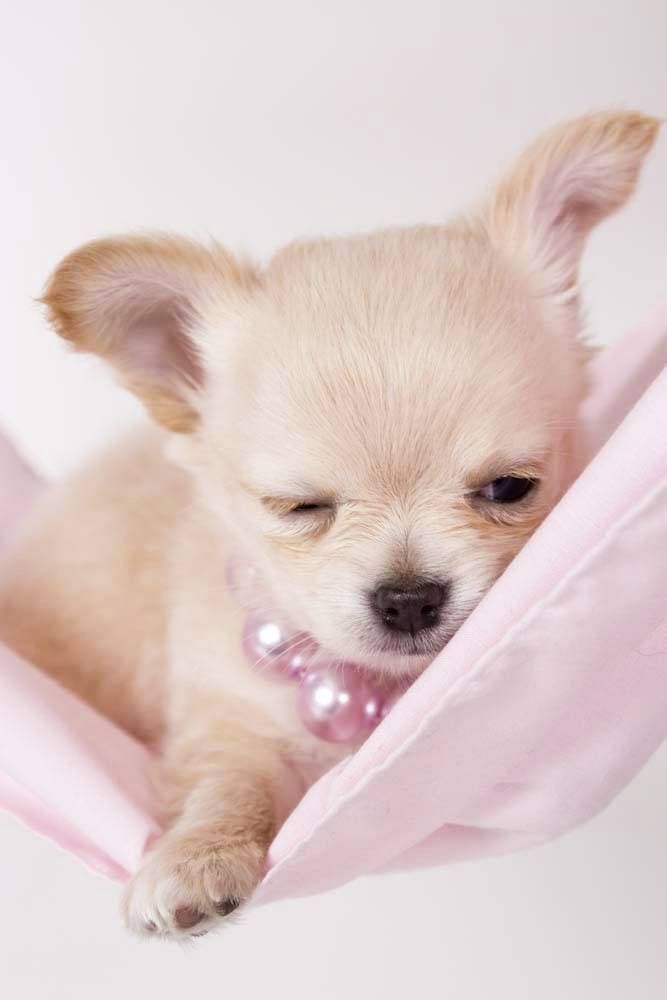
Chihuahua Puppy Nutrition - Recommended Products
For puppies under 2 months of age, breast milk is the optimal food. If the bitch does not have milk or the puppy has already been taken from its mother, you need to feed it with cow or goat milk every 4 hours. After reaching the age of one month, you can try to introduce natural products - scraped raw meat (a small amount of the product is scraped off a frozen piece of beef and given to the pet). You can also give a small amount of cottage cheese, boiled meat, vegetables, cereals (buckwheat, oatmeal). Once a week, you can give a boiled egg, liver. Fish can be given only sea, no more than 1 time per week. Be sure to ensure that the animal does not come across bones!
Ready-made food for Chihuahua puppies can be started from 3 months, choosing canned food for dwarf dogs.
It is recommended to give food from one manufacturer, it is possible with different recipes (with different tastes of meat, fish, seafood). Dry food begins to be introduced into the dog's diet at the age of 6-7 months (they are useful for chewing muscles and cleaning teeth from plaque, they have a balanced composition).
Dry food begins to be introduced into the dog's diet at the age of 6-7 months (they are useful for chewing muscles and cleaning teeth from plaque, they have a balanced composition).
What not to feed a chihuahua puppy
It is forbidden to feed puppies from your table and give him fried, sweet, salty food. Dangerous for the animal, sausages and confectionery. In no case do not give bird and fish bones to a Chihuahua puppy - the animal may choke on them.
What to choose: dry food or natural food for Chihuahua puppies?
The type of diet you choose should be based on the amount of time you can spend caring for your dog. If there is no time to cook meat, cereals and vegetables for the animal, it is better to opt for ready-made feeds. In addition, in most cases, even premium balanced feeds are cheaper than natural feeds.
Interesting? Share Article
Featured Product Selection
Need expert advice?
Write to us about your pet and we will provide you with advice on how to care for your pet.